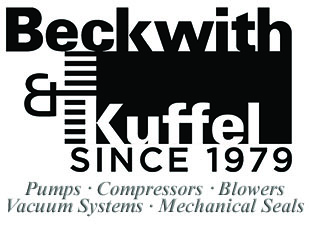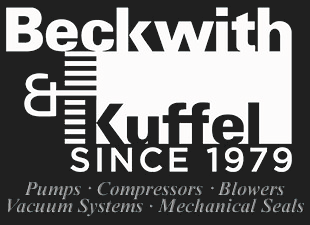Sealing Basics
There are two basic kinds of seals: static and dynamic. Static seals are employed where no movement occurs at the Juncture to be sealed. Gaskets and O-rings are typical static seals.
Dynamic seals are used where surfaces move relative to one another. Dynamic seals are used, for example, where a rotating shaft transmits power through the wall of a tank (Fig. 1), through the casing of a pump (Fig. 2), or through the housing of other rotating equipment such as a filter or screen.
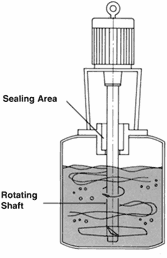
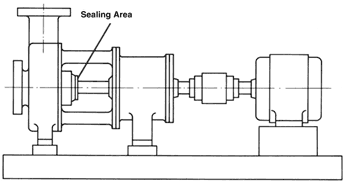
In a centrifugal pump, the liquid enters the suction of the pump at the center (eye) of the rotating impeller (Figures 3 and 4).
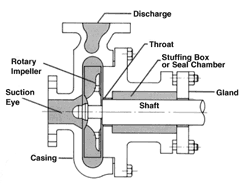
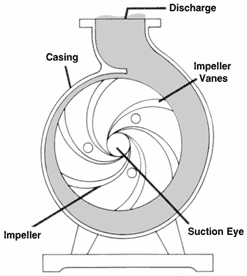
Discharge pressure will force some product down behind the impeller to the drive shaft, where it attempts to escape along the rotating drive shaft. Pump manufacturers use various design techniques to reduce the pressure of the product trying to escape. Such techniques include: 1) the addition of balance holes through the impeller to permit most of the pressure to escape into the suction side of the impeller, or 2) the addition of back pump-out vanes on the back side of the impeller.
However, as there is no way to eliminate this pressure completely, sealing devices are necessary to limit the escape of the product to the atmosphere. Such sealing devices are typically either compression packing or end-face mechanical seals.
